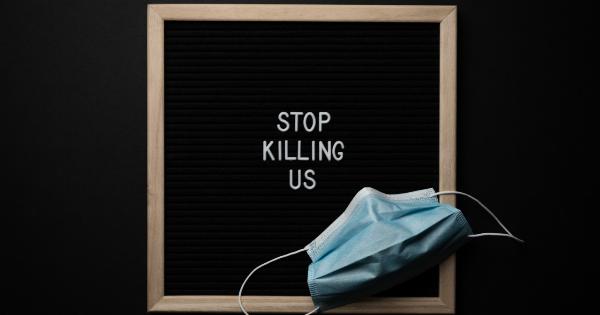Invisibility is often found in popular culture as a superpower that allows a person to be unseen by others. However, the concept of invisibility goes beyond fiction and has a profound impact on our daily lives.
We experience different forms of invisibility, such as social, economic, cultural, and personal invisibility. Understanding the intricacies of invisibility is crucial in recognizing and addressing the inequities and systemic issues that often go unnoticed.
Social invisibility: the silent struggle
Social invisibility refers to the feeling and experience of being overlooked, ignored, or dismissed by others.
People who are socially invisible are often marginalized and excluded from mainstream society based on their race, gender, sexual orientation, or socioeconomic status. They are often perceived as “other” and therefore not worthy of the same privileges and opportunities as those who are deemed socially visible. This can lead to feelings of isolation, low self-esteem, and depression.
Economic invisibility: the poverty trap
Economic invisibility is often experienced by people who live in poverty. They are often overlooked by society and the government, making it difficult for them to access basic needs like housing, food, and healthcare.
They are also excluded from the job market and denied the opportunity to earn a living wage. This creates a poverty trap that makes it challenging for them to climb the socio-economic ladder and contribute to mainstream society.
Cultural invisibility: the erasure of identity
Cultural invisibility is a result of the dominant culture erasing the unique identity and cultural practices of a minority group.
It happens when the dominant culture fails to recognize and appreciate the contributions and perspectives of minority groups. This leads to a loss of culture, heritage, and knowledge, making it difficult for minority groups to assert their identities and knowledge systems.
Personal invisibility: the struggle of finding oneself
Personal invisibility occurs when an individual is unable to assert their identity and find meaning in their lives. This happens when one feels disconnected from their values, beliefs, and personal goals.
It can lead to feelings of hopelessness, lack of direction, and a general sense of being lost in life.
The paradox of invisibility
Despite the negative impacts of invisibility, it can also be protective and empowering. In some cases, invisibility can be a way to avoid discrimination, danger, and harm. In other cases, it can be a way to assert one’s identity and resist oppression.
This creates a paradox where invisibility is both negative and positive.
The role of visibility in social change
Visibility is crucial in creating social change and addressing the issues of invisibility. Increasing the visibility of marginalized people and their experiences can create empathy and understanding among the mainstream population.
It can also lead to changes in policies, laws, and social norms that exclude and marginalize minorities. It is essential to recognize and address invisibility in all its forms to create a more just and equitable society.
Conclusion
Invisibility is a complex issue that affects millions of people worldwide. Understanding its nuances and impact is crucial in creating a society that is just, inclusive, and equitable.
It is time to recognize and address invisibility in all its forms to create a world where everyone is seen and valued for who they are.































